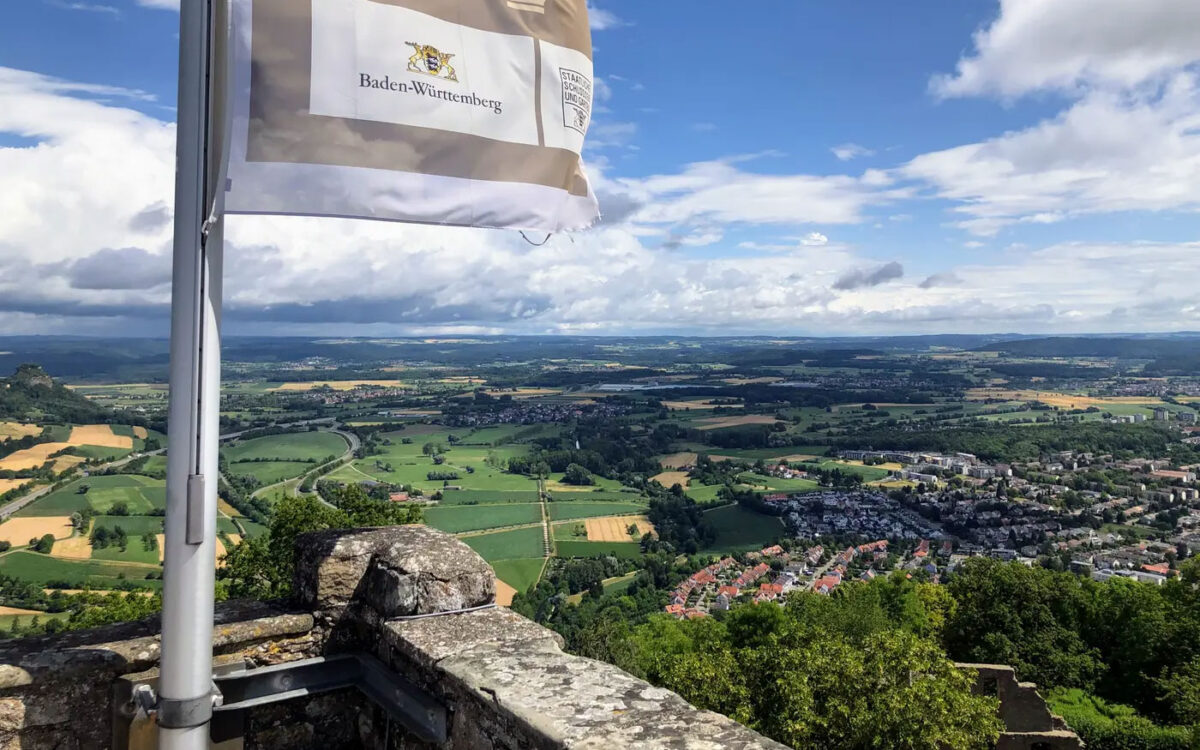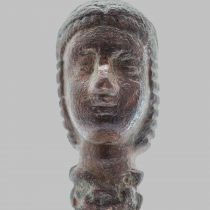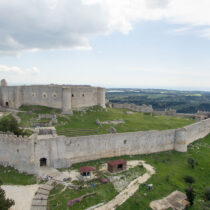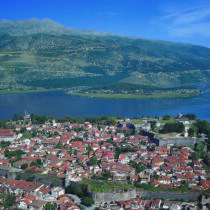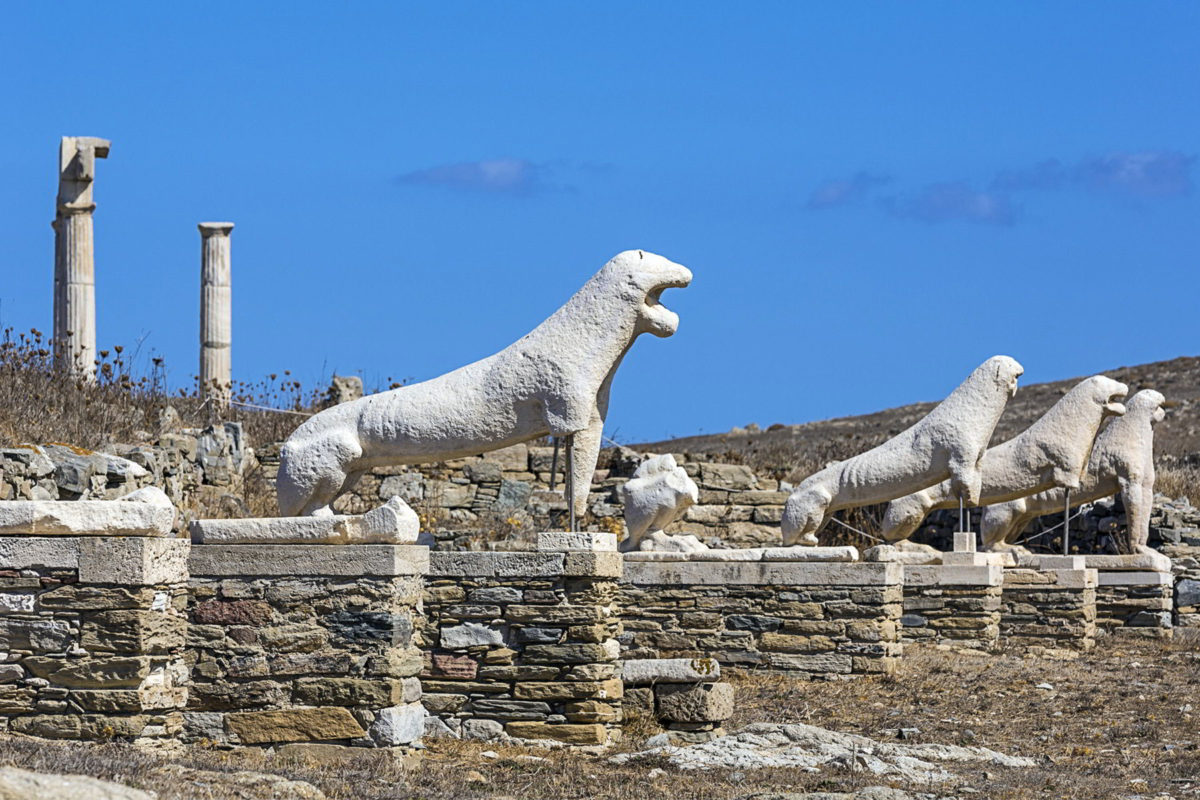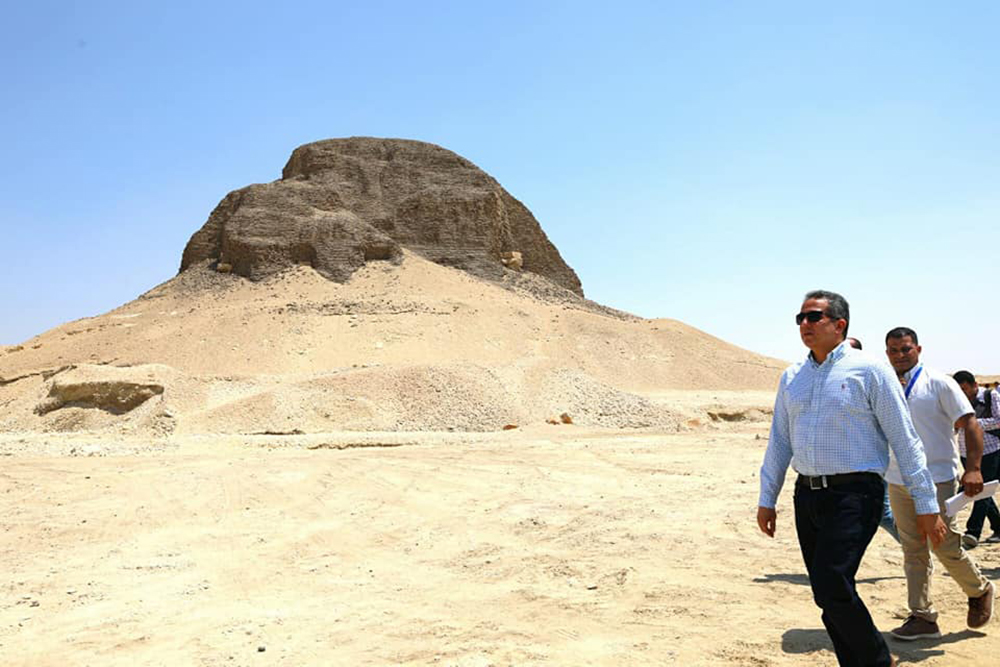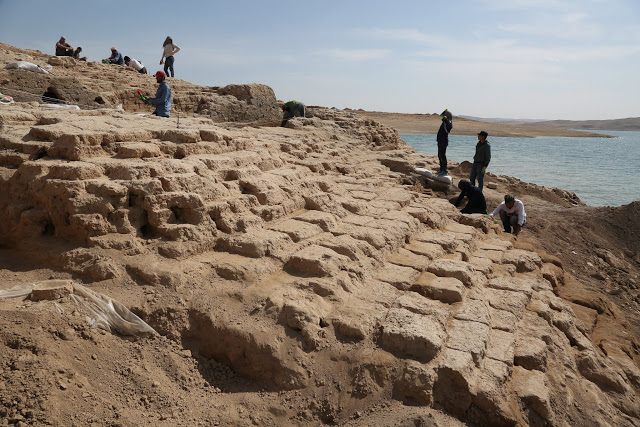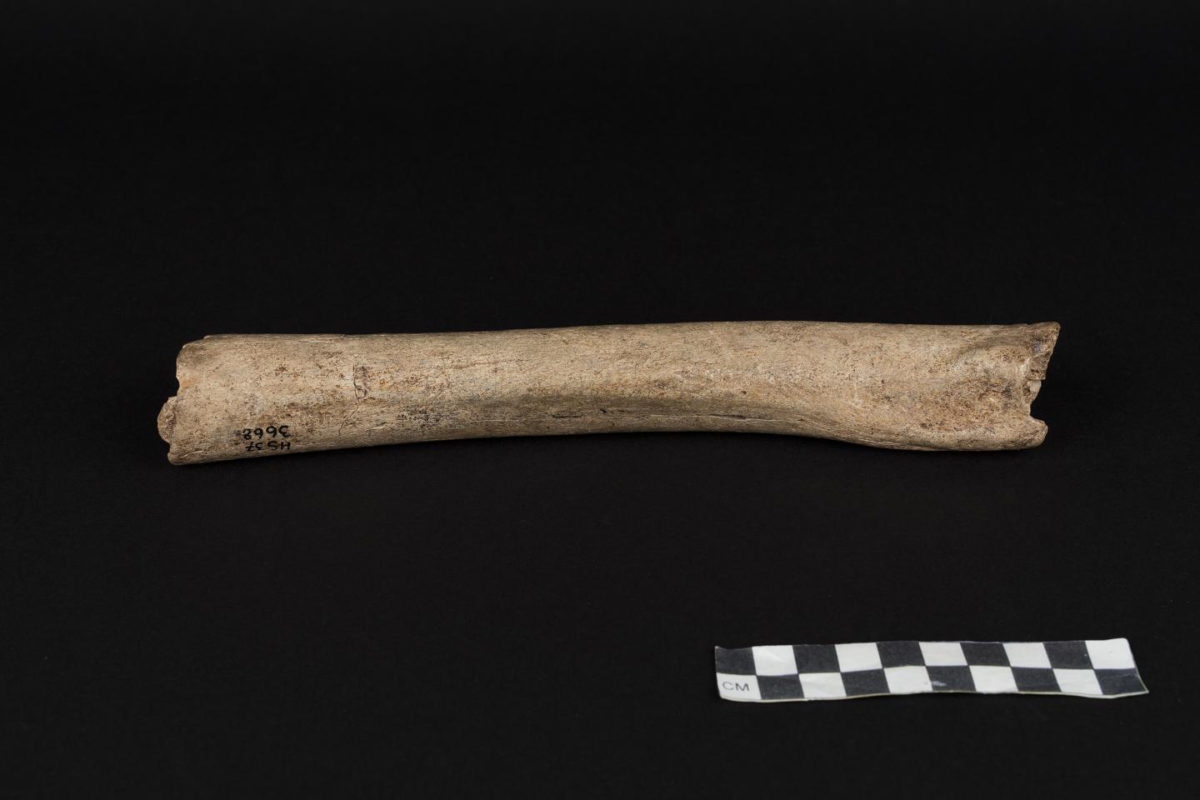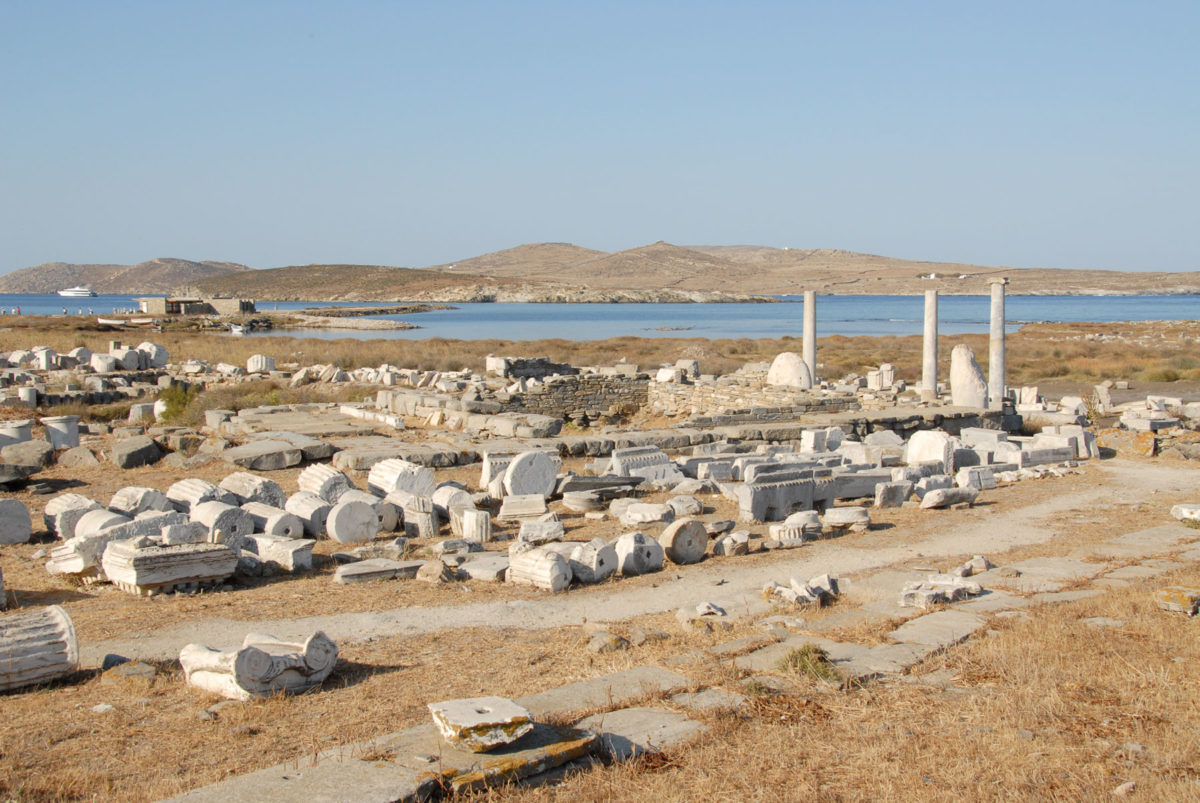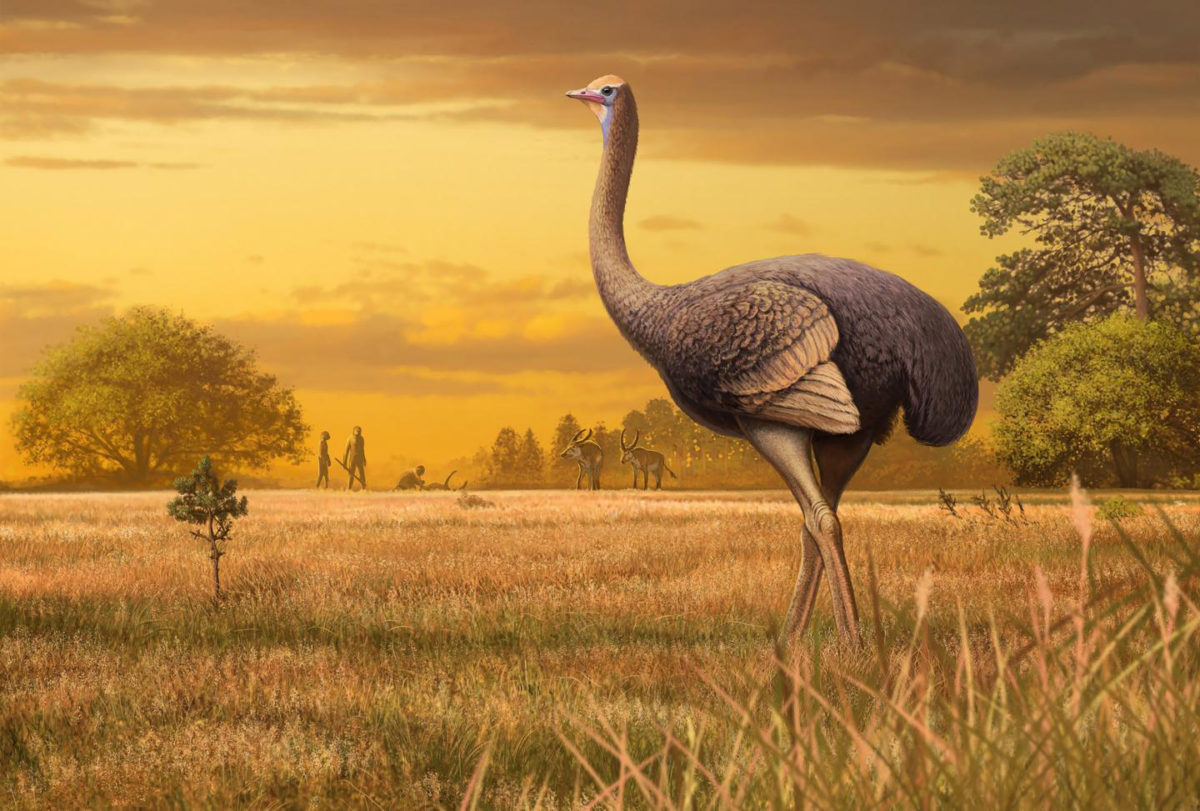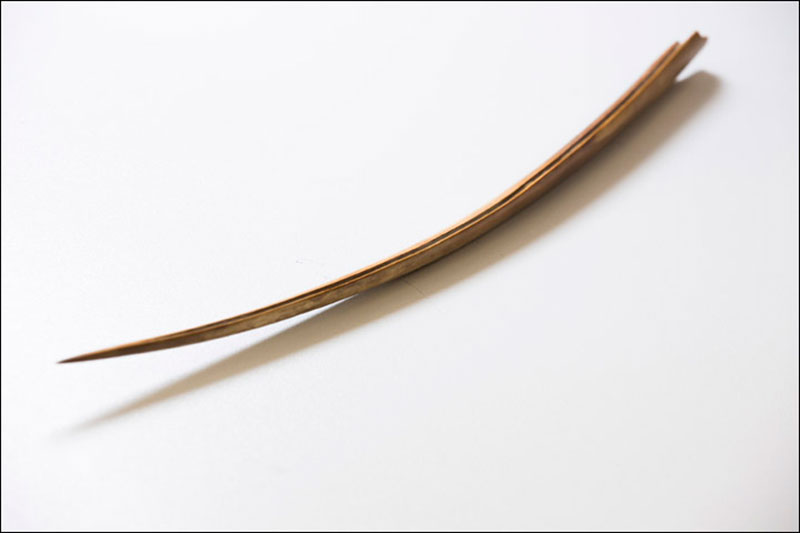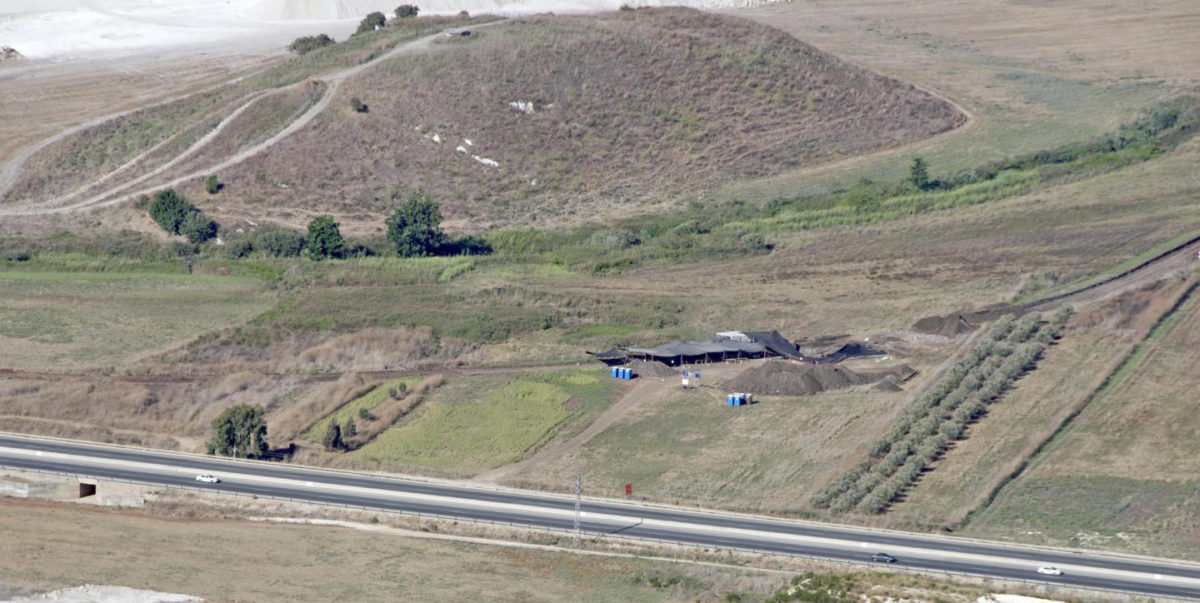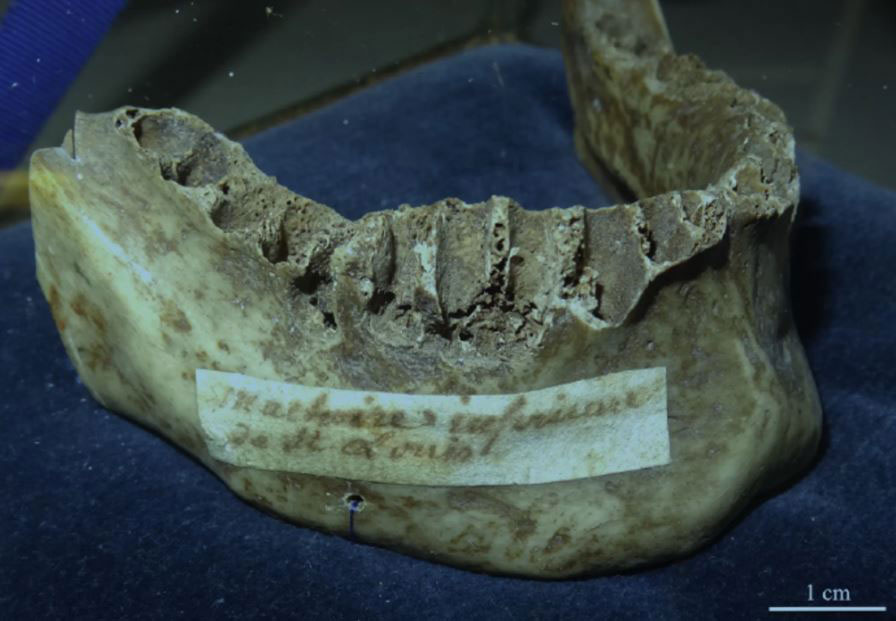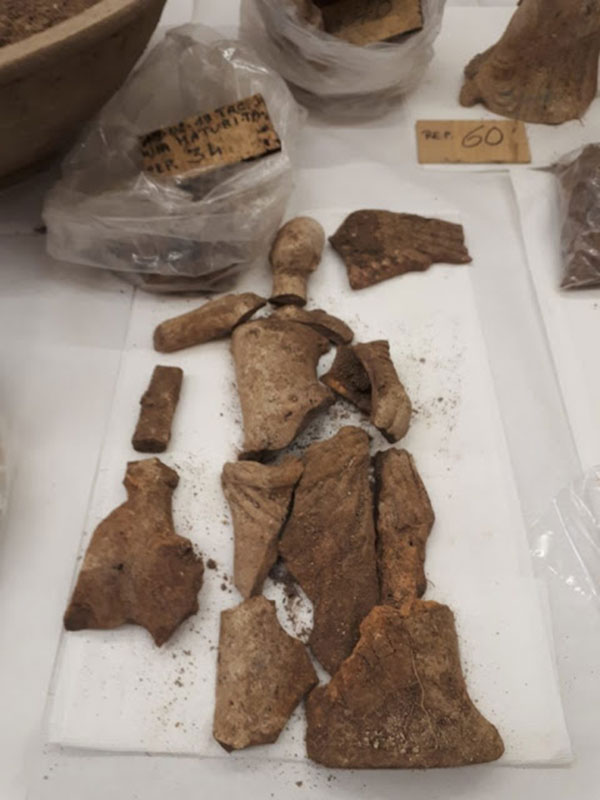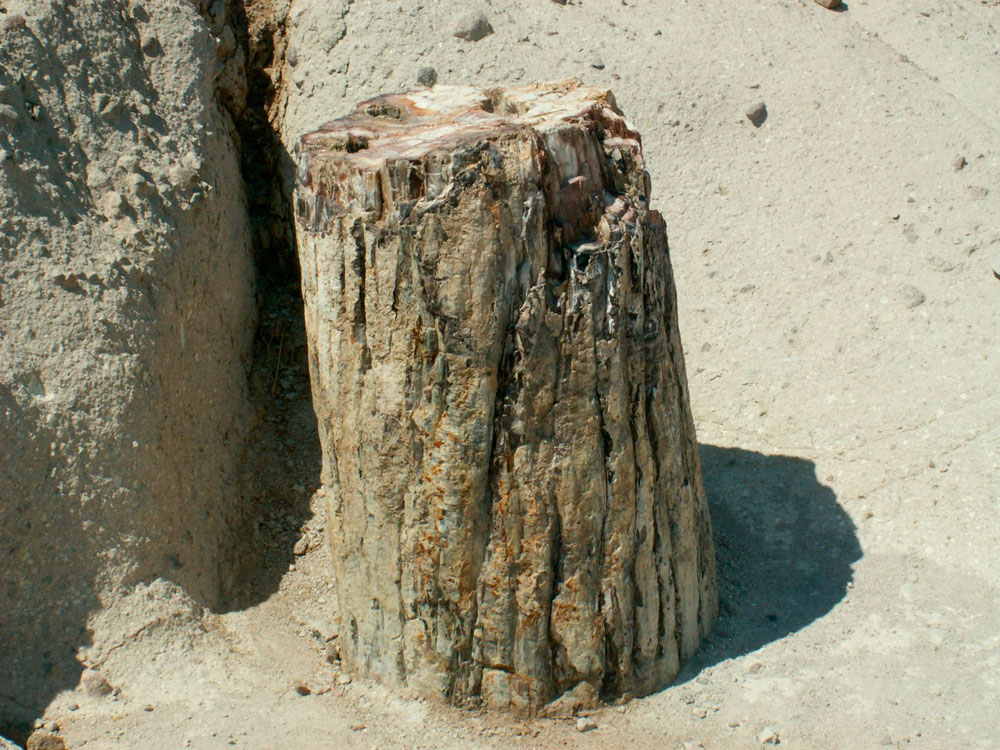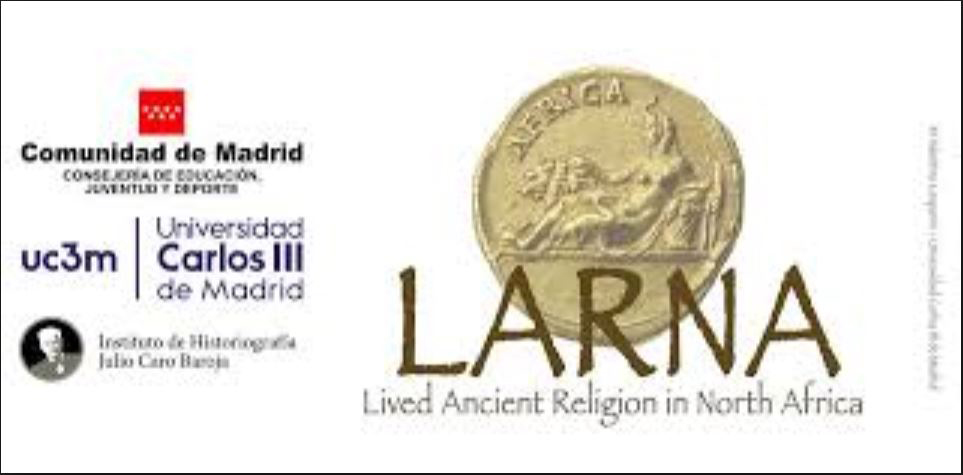New Delacroix painting found in Paris
The painting depicts a woman seated in a languid attitude next to an African serving woman who is looking at her over her shoulder.
Delos threatened by impact of climate change
Despite systematic preservation and enhancement work, one of the most important sites of antiquity is suffering a slow but inevitable decline.
Egypt’s Al-Lahun Pyramid opens to the public
For the first time after the completion of its conservation.
Newly-discovered 1,600-year-old mosaic sheds light on ancient Judaism
Jodi Magness, director of the Huqoq excavations explains her team's newest findings and how the art they find connects them to texts written thousands of years ago.
Ancient Shipwreck in the sea off Protaras, Cyprus
It is the first undisturbed Roman shipwreck ever found in Cyprus.
Neanderthals used resin ‘glue’ to craft their stone tools
Archaeologists working in two Italian caves have discovered some of the earliest known examples of ancient humans using an adhesive on their stone tools.
Archaeologists uncover palace of the Mittani Empire in Iraq’s Kurdistan Region
German and Kurdish archaeologists have uncovered a Bronze Age palace on the eastern bank of the Tigris River in the Kurdistan Region of Iraq.
The ancient history of Neandertals in Europe
Early ancestors of the last Neandertals lived in Europe already 120,000 years ago.
HYPERION: The European digital conservator
A new European project of particular significance for the preservation of Europe’s tangible cultural heritage began its research activities at the beginning of June.
Impact of climate change on cultural heritage
The two day international conference at Zappeion ended with a proposal for three courses of action.
Mona Lisa: Beyond the Glass
It is the famous museum’s first work of virtual reality, marking the 500th anniversary of the Renaissance polymath’s death.
Bird three times larger than ostrich discovered in Crimean cave
A surprise discovery in a Crimean cave suggests that early Europeans lived alongside some of the largest ever known birds.
Evidence of weapon-making from tusks found in Siberia
Archaeologists in Siberia have found evidence of weapon-making from tusks of mammoth.
Neanderthals made repeated use of the ancient settlement of ‘Ein Qashish
The archaeological site of 'Ein Qashish in northern Israel was a place of repeated Neanderthal occupation and use during the Middle Paleolithic, according to a study.
French king Louis IX had severe scurvy study finds
Forensic science has discovered Louis IX, king of France, had scurvy and did not die of plague or dysentery as it was previously thought.
Levänluhta jewellery links Finland to a European exchange network
The origin of the bronze and brass jewellery found at Levänluhta was investigated by comparing their geochemical composition and lead isotope ratios to known copper ores in Finland, Sweden and elsewhere in Europe.
Byzantine era pottery workshop discovered in Anthotopos, Kozani
The workshop appears to have belonged to some settlement situated near the find about which, so far, there is no further information.
Archaeologists in Italy discover ancient chamber tomb
Archaeologists in Italy have discovered a chamber tomb with votive items in the Taranto area, Puglia.
Confiscation of fossils from the Lesvos Petrified Forest
The fossils were found by Customs officers of Mytilini Airport during a customs check of passengers boarding a flight to Vienna.
Lived Ancient Religion in North Africa
the theoretical framework of this meeting is inscribed within the paradigm of Lived Ancient Religion (hereafter LAR), developed in Erfurt between 2012 and 2017 and supervised by Jörg Rüpke.
Woodstock really was a free-wheeling festival
New archaeological research from Binghamton University, State University of New York shows that the iconic event took on a life of its own.
Troy: Myth and reality
The exhibition "Troy - myth and reality" opens at the British Museum on November 21, 2019.
Roman bust from Italy has been repatriated
A Roman bust representing a youth was returned to Italy last week, in a ceremony at the German ambassador's residence.
Stipendiary Lectureship in Classics
The role is to provide teaching cover during the absence of the current Fellow and Tutor of Classical Languages at St Anne’s College for Hilary and Trinity terms 2020, Prof Matthew Leigh.
